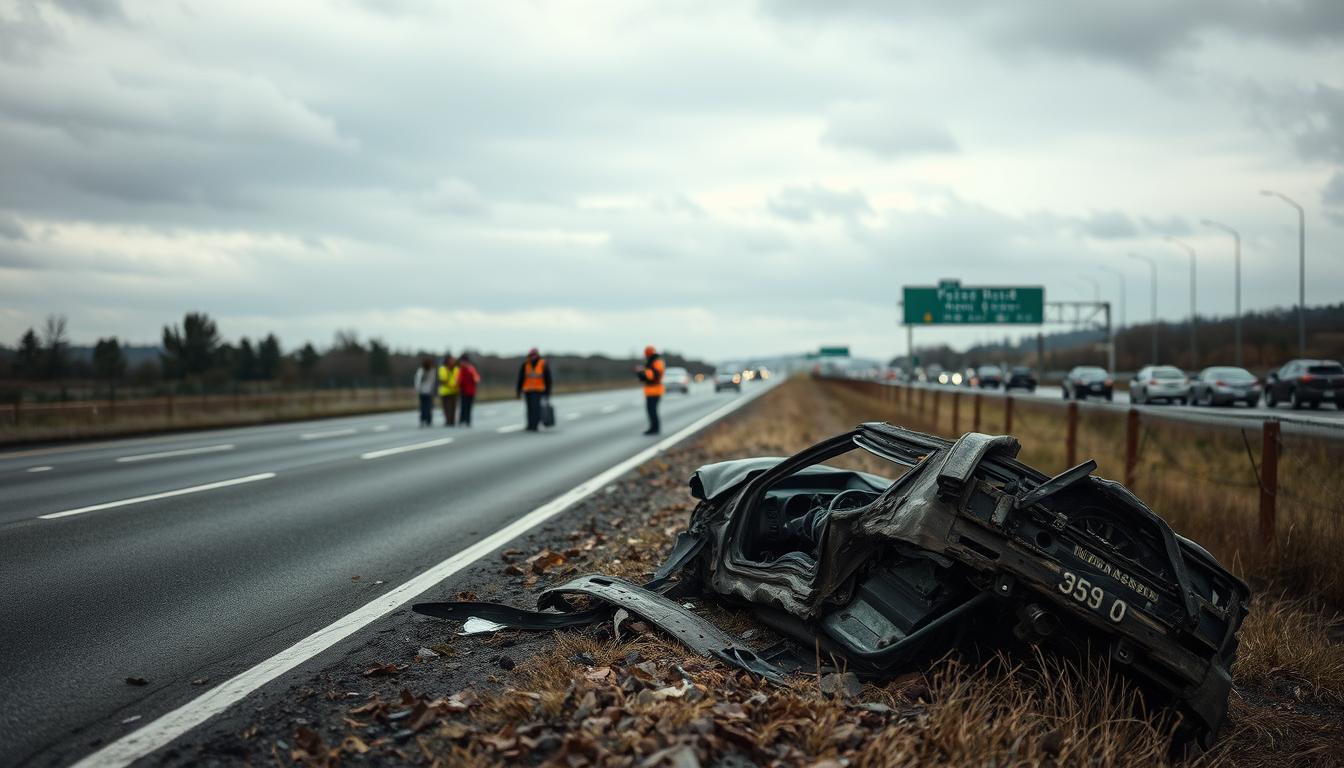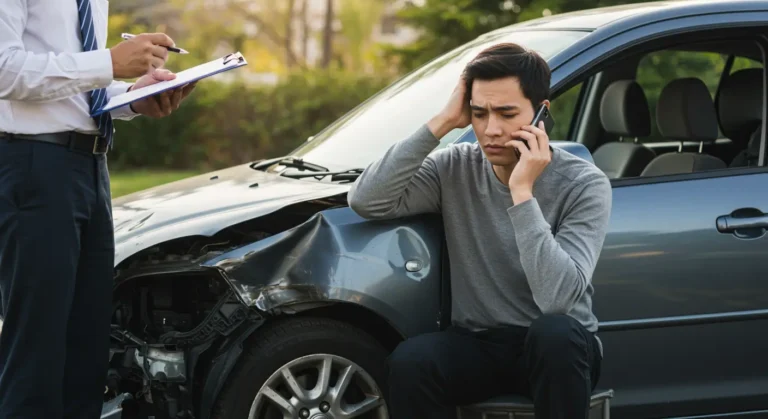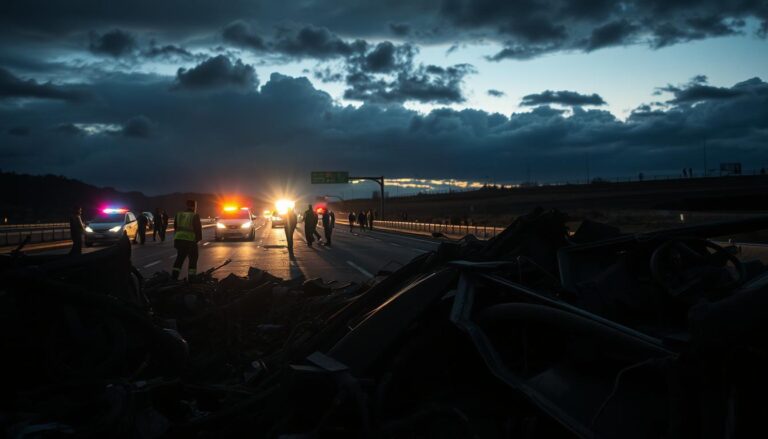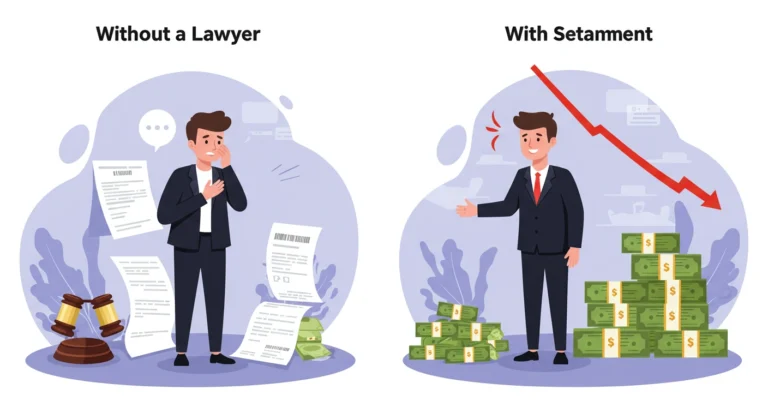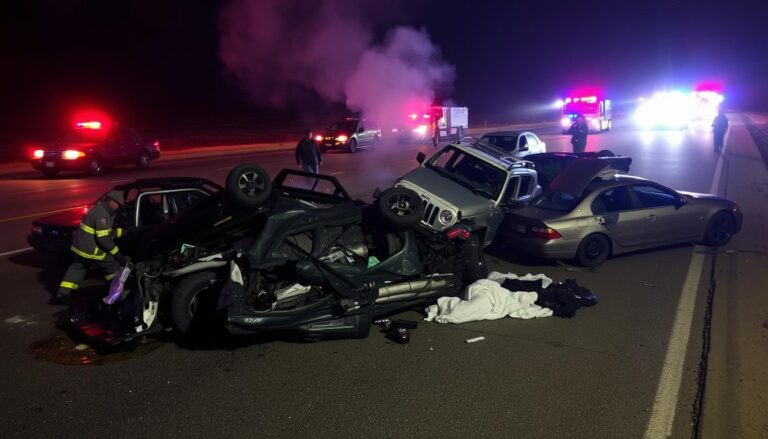Details about fatal road accidents on highways today
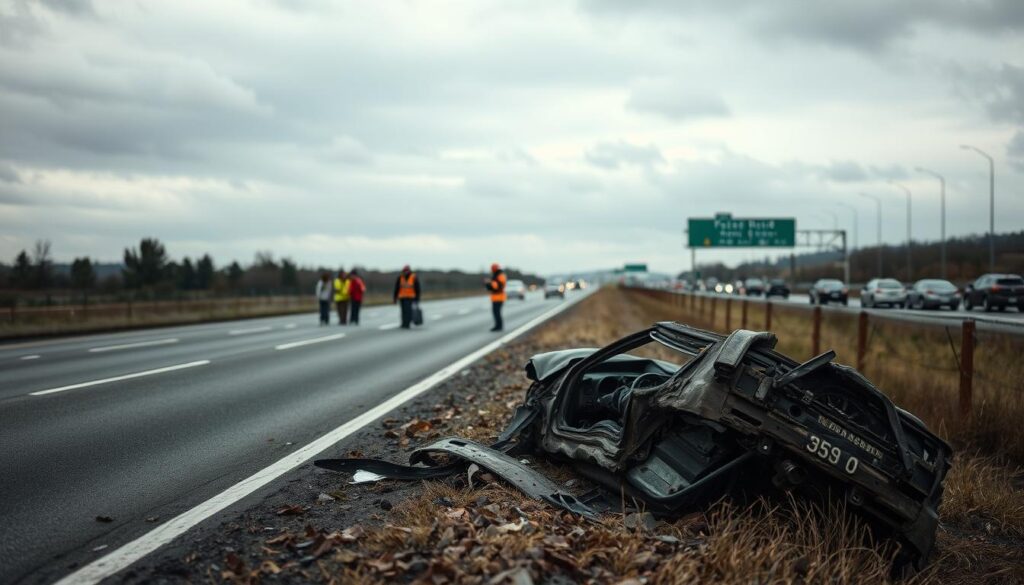
Table of Contents
Fatal road accidents on highways are a big problem in the United States. They pose a huge risk to drivers on interstate and state highways. Recent data shows a worrying trend in highway accidents that needs urgent attention and detailed investigation.
The world of highway safety is getting more complicated. Drivers face many challenges that can lead to deadly situations. Accidents on highways can happen for many reasons, like how drivers act, the state of the roads, and how well vehicles perform.
To understand fatal road accidents, we need a detailed approach. Safety experts say we need strong plans to cut down on traffic deaths. They want to protect people from avoidable tragic events on the roads.
Key Takeaways
- Highway accidents remain a significant public safety concern
- Multiple factors contribute to fatal road accidents
- Comprehensive safety strategies are crucial for reducing traffic fatalities
- Driver awareness plays a critical role in preventing highway accidents
- Advanced safety technologies can help mitigate road risks
Understanding the Rising Trend of Highway Accidents in America
The safety of highways in the United States is getting worse. More drivers are at risk. It’s clear we need to do something to make our roads safer.
Looking at the numbers, road safety is a big concern. The National Highway Traffic Safety Administration (NHTSA) says more people are dying on highways. Drivers are facing more dangers than ever on our roads.
Impact of High-Speed Collisions on Fatality Rates
High-speed crashes are very dangerous. Studies show that crashes over 55 mph are more likely to be deadly. The main reasons for this are:
- Drivers have less time to react
- There’s more energy in the crash
- More cars can get involved
- Car damage can be worse
Statistical Overview of Recent Highway Deaths
Looking at recent data, the numbers are scary. Fatalities have gone up by about 10.5% in the last three years. The biggest problem is on urban highways.
Peak Hours for Fatal Accidents
Knowing when accidents happen can help us stay safe. Research shows that accidents are more common during:
- Late night hours (11 PM – 3 AM)
- Evening rush hour (4 PM – 7 PM)
- Weekend late nights (Friday and Saturday)
By knowing these times, we can take extra steps to stay safe. This might help us avoid being in a deadly crash.
Common Causes Leading to Deadly Highway Crashes
Driver behavior is the main reason for deadly accidents on American highways. Knowing what causes these crashes can help lower the risk of fatal incidents. It also helps protect lives on the road.
Several key factors lead to highway fatalities:
- Distracted Driving: Using smartphones, eating, and other distractions greatly raise crash risks
- Speeding: Going too fast cuts down on driver reaction time and makes crashes worse
- Impaired Driving: Drinking alcohol and using drugs badly affects driving skills
- Driver Fatigue: Tired drivers have slower thinking and reactions
Statistics show how driver behavior is a big problem. The National Highway Traffic Safety Administration says about 94% of serious crashes are caused by human mistakes. These mistakes often could be avoided with better awareness and safe driving habits.
“Every driver has the power to reduce highway crash risks through conscious decision-making and attentive driving,” says traffic safety expert Dr. Robert Klein.
To tackle these causes, we need a wide-ranging approach. This includes better driver education, stricter laws, and new technologies for safer roads.
Fatal Road Accident in the Highway Takes Several Lives
Tragic highway accidents are a big problem on American roads. They cause huge losses for families and communities. These accidents are more than just numbers.
Recent data shows a rise in road deaths. This calls for quick action from safety experts and local officials.
Major Contributing Factors to Multiple-Casualty Crashes
- Distracted driving causing sudden lane shifts
- High-speed vehicle interactions
- Poor visibility during night or adverse weather conditions
- Inadequate highway infrastructure design
Emergency Response Challenges
Emergency teams face tough situations in multiple-casualty crashes. Rapid intervention becomes critical to save lives and manage accident scenes.
- Immediate triage of injured victims
- Coordinating multiple rescue units
- Managing traffic flow around accident zones
- Implementing immediate medical stabilization
Impact on Local Communities
Severe highway accidents affect communities deeply. Families suffer emotional trauma, and local resources get stretched thin. The effects last long in neighborhoods.
Every multiple-casualty crash represents a preventable tragedy that demands comprehensive safety strategies.
Weather-Related Highway Fatalities and Risk Factors
Weather-related accidents are a big danger on highways in the United States. Bad weather makes driving much riskier. It can turn a simple trip into a dangerous one.
Each weather type brings its own challenges for drivers. Knowing these risks helps drivers stay safe when it’s hard to drive.
- Rain reduces tire traction and visibility
- Snow creates slippery road surfaces
- Fog limits driver perception
- Ice transforms highways into dangerous corridors
The National Highway Traffic Safety Administration says weather accidents cause about 21% of all crashes each year. This shows how important it is to know and get ready for bad weather.
| Weather Condition | Accident Increase (%) | Fatality Risk |
|---|---|---|
| Heavy Rain | 35% | High |
| Snow/Ice | 45% | Very High |
| Fog | 25% | Moderate |
“Preparedness is the best defense against weather-related highway accidents.” – Traffic Safety Expert
Drivers need to change how they drive in bad weather. Slowing down, leaving more space, and making sure your car is ready are key. These steps help you stay safe on dangerous roads.
Role of Vehicle Safety Features in Preventing Fatal Crashes
Modern cars have changed the game for driver safety. They offer top-notch protection on roads across the United States. Safety features are key in cutting down fatal crash risks. They provide advanced protection and prevention.
Today’s driver assistance systems are crucial in stopping accidents before they happen. They use smart sensors and real-time monitoring. This helps drivers stay alert and vehicles react faster.
Advanced Driver Assistance Systems
Modern driver assistance systems have many safety features:
- Automatic emergency braking
- Lane departure warnings
- Adaptive cruise control
- Blind spot detection
- 360-degree camera monitoring
Impact of Vehicle Maintenance on Safety
Regular car maintenance boosts safety features’ performance. It makes sure safety systems work right. This lowers the chance of mechanical failures that could cause accidents.
Latest Safety Technology Developments
Car makers keep pushing the limits of safety tech. Artificial intelligence and machine learning are being used in driver systems. This makes safety features more predictive and quick to respond.
New tech like collision prediction and autonomous emergency response are changing vehicle safety. They help protect drivers and passengers on highways.
High-Risk Zones and Accident-Prone Highway Sections
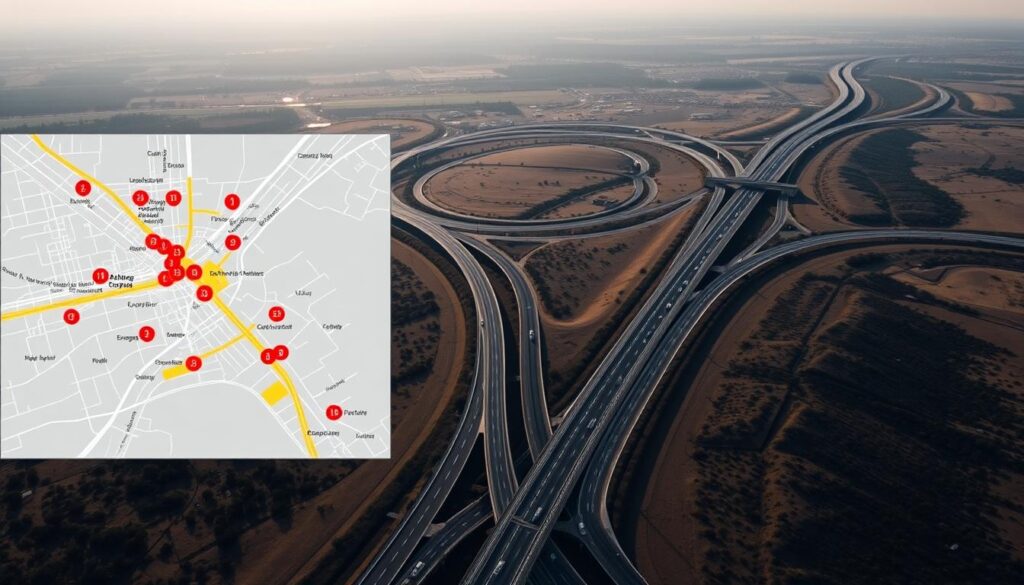
Finding out which U.S. highways are most accident-prone is key to solving road safety issues. Some areas on highways have a lot of traffic accidents. This makes driving in these spots very dangerous for everyone.
Studies show what makes some highways more dangerous:
- Sharp curve alignments with limited visibility
- Intersections with complex traffic merging patterns
- Road infrastructure with inadequate signage
- Areas with recurring weather-related hazards
The National Highway Traffic Safety Administration keeps an eye on these risky spots. They share important info about the weaknesses in our roads. Places like mountain passes, desert highways, and busy city interstates are especially tough to drive through.
“Understanding highway risk zones is the first step toward preventing fatal accidents” – Transportation Safety Expert
What makes some areas more prone to accidents includes:
- Road design complexity
- Traffic density
- Environmental conditions
- Historical accident data
Transportation teams are always working to make these risky areas safer. They try to lower the chance of accidents and keep drivers safe.
Prevention Strategies and Safety Measures
To cut down on fatal highway accidents, we need a mix of strategies. Road safety measures are key to keeping drivers and passengers safe in the U.S.
Safe roads come from teamwork. Everyone must work together to lower risks and prevent accidents.
Infrastructure Improvements
Upgrading our roads can make them safer. Here are some important changes:
- Design roads for better visibility
- Use stronger guardrails
- Have special lanes for emergencies
- Install the latest in traffic signals
Public Awareness Campaigns
Teaching people about road safety is vital. These campaigns aim to:
- Stop drunk driving
- Teach about the dangers of distracted driving
- Push for more seatbelt use and child safety
- Make sure everyone follows speed limits
“Education is the most powerful weapon for creating safer roads” – National Highway Safety Administration
Law Enforcement Initiatives
Police are crucial in keeping roads safe. They use specific tactics to:
| Initiative | Impact |
|---|---|
| More Highway Patrols | Less speeding and reckless driving |
| Advanced Speed Detection | Find and stop risky drivers |
| Strict Penalties | Stop people from breaking traffic laws over and over |
Working together, we can make highways safer for all.
Legal Implications and Insurance Considerations
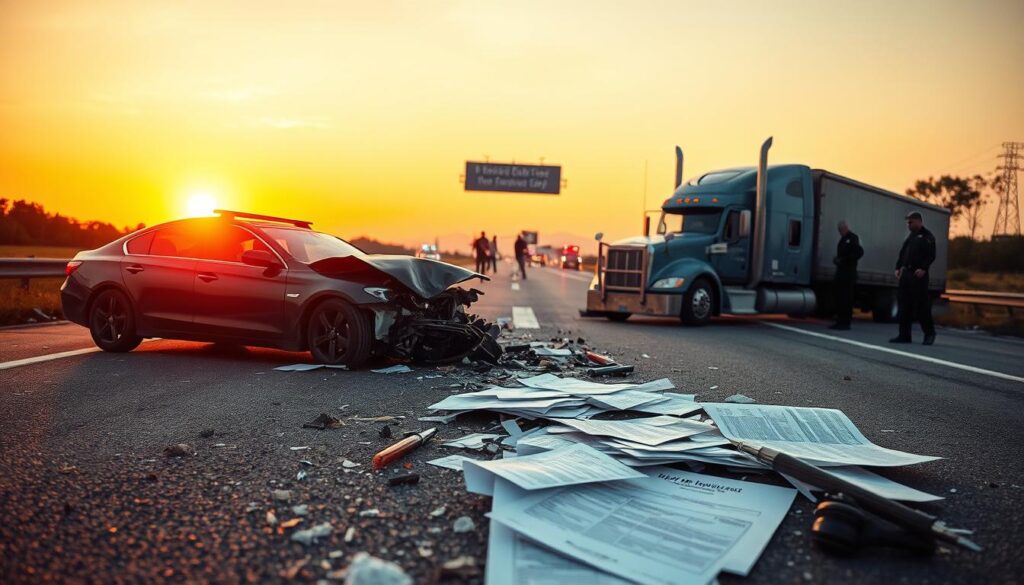
Fatal highway accidents lead to complex legal and financial issues. Figuring out who is at fault is key to settling claims and understanding the legal outcomes.
Auto insurance is crucial after serious road accidents. Families of victims often file insurance claims. This process can be complex and emotionally tough.
- Legal liability usually depends on proven negligence
- Insurance coverage varies based on specific policy terms
- Multiple parties might share responsibility in complex crashes
Drivers in fatal highway accidents face serious legal consequences. These can include:
- Criminal charges for reckless driving
- Civil lawsuits from victim’s families
- Potential license suspension
- Substantial financial penalties
Insurance investigations thoroughly examine crash circumstances to determine fault and potential compensation. Getting a lawyer is important. They help protect your rights and seek fair outcomes.
Knowing your auto insurance coverage before an accident can offer vital protection during unexpected tragic events.
Conclusion
Improving highway safety is key to reducing fatal road accidents in the U.S. We need a mix of new tech, better roads, and safe driving education. This approach will help keep our roads safer.
Strategies to cut down on accidents are showing good results. Things like smart car tech, better road designs, and strict traffic rules help a lot. The National Highway Traffic Safety Administration is working hard to find new ways to keep us safe.
Improving highway safety will take teamwork from the government, car makers, police, and drivers. By using the latest tech, driving safely, and focusing on road safety, we can lower accident risks. This will help keep America’s highways safe for everyone.
Keeping our roads safe is a job for all of us. Drivers need to be careful, learn about new safety features, and drive responsibly. With everyone’s help, we can make our highways safer for everyone.
FAQ
What are the most common causes of fatal highway accidents?
Fatal highway accidents often happen due to distracted driving, speeding, and drunk driving. Driver fatigue and poor weather also play a big role. Using phones while driving, aggressive lane changes, and not keeping a safe distance are major contributors.
How do weather conditions impact highway safety?
Weather like rain, snow, fog, and ice makes roads slippery and hard to see. This can cause cars to lose control. It’s also tough for drivers to spot and react to dangers fast.
What safety technologies can help prevent highway accidents?
Advanced Driver Assistance Systems (ADAS) have features like automatic emergency braking and lane departure warnings. They also include adaptive cruise control and blind-spot monitoring. These systems alert drivers and can take action to prevent crashes.
What are the peak hours for fatal highway accidents?
Fatal accidents often happen in the evening rush (4-7 PM) and late at night (11 PM-3 AM). These times have more driver fatigue, poor visibility, and distracted or drunk driving.
How do high-speed collisions impact fatality rates?
Crashes at high speeds are much more deadly. The crash’s energy increases with speed, leading to severe injuries and a higher chance of death.
What challenges do emergency responders face in highway accidents?
Emergency teams face many challenges. They must navigate complex crash sites, manage spills, and provide care in dangerous areas. They also deal with ongoing traffic risks.
How do vehicle maintenance practices impact highway safety?
Keeping vehicles in good shape is key to safety. Well-maintained cars have better brakes and tires. They also reduce the risk of sudden failures at high speeds.
What legal considerations exist after a fatal highway accident?
After a fatal crash, figuring out who’s at fault is crucial. There might be criminal charges, insurance claims, and lawsuits. Compensation for families and potential fines are also considered.
How do public awareness campaigns help reduce highway fatalities?
Awareness campaigns teach safe driving and warn about dangers. They use media to change driver behavior. The goal is to lower risky driving.
What infrastructure improvements can enhance highway safety?
Improving roads and signs is important. Better lighting, guardrails, and smoother surfaces help too. Intelligent systems that give real-time info to drivers are also beneficial.

